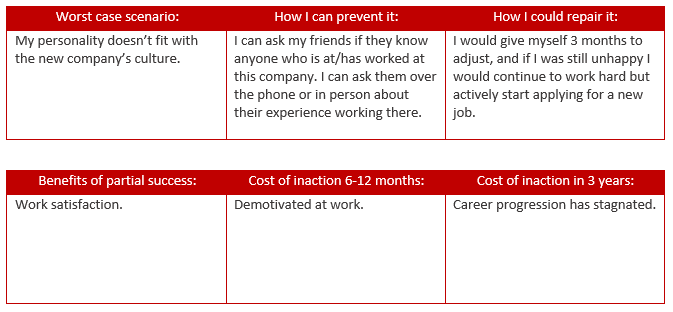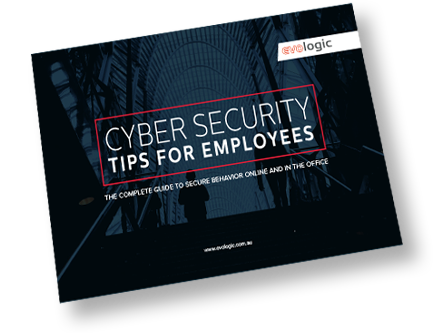Making the big business decision of changing the status quo is often laced with more pain and fear than it is excitement. Weighing up the pros and cons of an unclear future can be downright frightening.
And that’s exactly what stops businesses from growing: fear of change.
However, it is also important to take into account the cost of inaction, and recognise the long-term value of change because often, the cost of inaction is higher than the cost of rectifying the worst possible outcome.
By visualising worst-case scenarios that are preventing you from taking action, you can overcome the paralysis of fear and move forward with critical business decisions in confidence.
To make this practical, Tim Ferriss uses an exercise called “Fear setting” which quantifies wins and losses in order to clarify high stake business decisions.
This simple exercise derived from Stoicism, can be implemented in business as an operating system to thrive in high stress environments, to help with decision making processes.
The Process
1. Define all the potential worst outcomes that could be a result of your decision to change
2. Write down all the actions you can take to prevent/decrease the likelihood of these potential bad outcomes
3. Determine all the possible actions you could take to repair the situation if the worst outcome happened anyway
4. What might be the benefits of an attempt or partial success?
5. Define the cost of inaction (the most important part of this process). Consider the cost of maintaining the status quo. “If I avoid this decision, what will my business look like in 6 months, 12 months and in 3 years?”
Example of fear setting for deciding whether to take a new job opportunity:

Hint: be thorough and really go into detail to get the most out of this exercise!
I use a similar technique using a ‘Reality Tree’ from the Theory of Constraits, where I analyse my businesses Current and visualise it’s desired Future state (starting with the future) to determine potential undesirable effects of change and create a plan to remove or mitigate undesirable outcomes that may occur.
These types of systems are amazing and provide huge advantages to businesses trying to grow and evolve, I suppose that’s what happens Physicist turns his mind to business and manufacturing!
What’s beneficial is that it allows you to visualise and quantify the value of the potential wins and losses of your decision to change the status quo. It allows you to see when the cost of inaction is so high that it is no longer an option, as well as analyse the benefits of changing the status quo.
Our recommendation? Fear setting twice a year to be able to recognize potential wins and avoid the potential losses for your business in the near future.
We challenge you to do the exercise!
Ask yourself, “What would happen if I were to change the status quo of my business?”
…Now, is it time to change your status quo?


